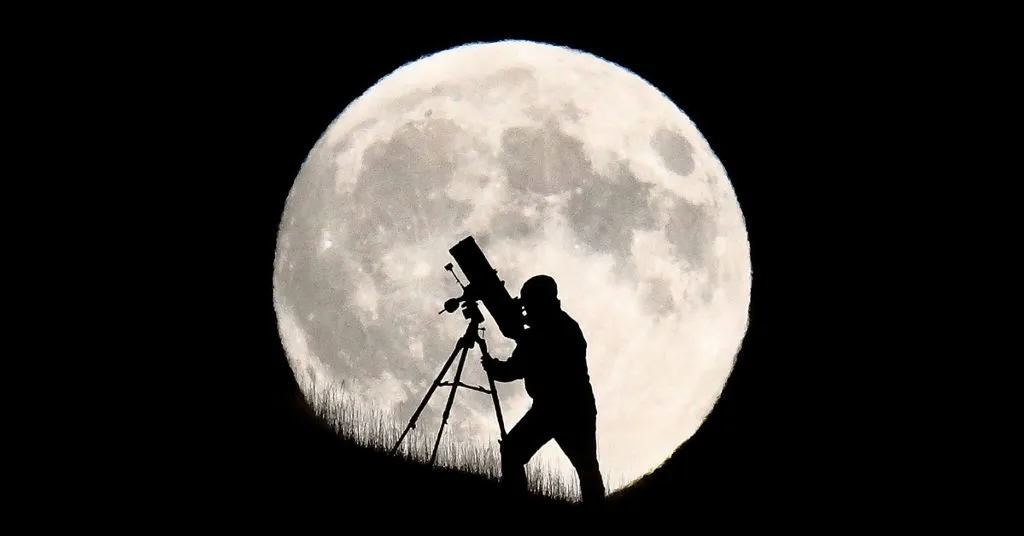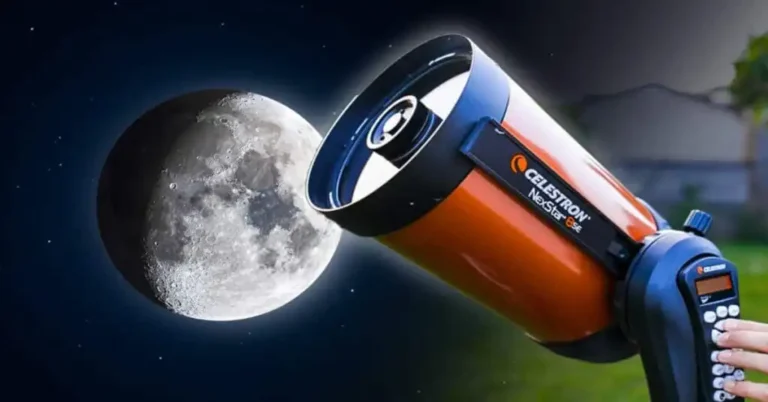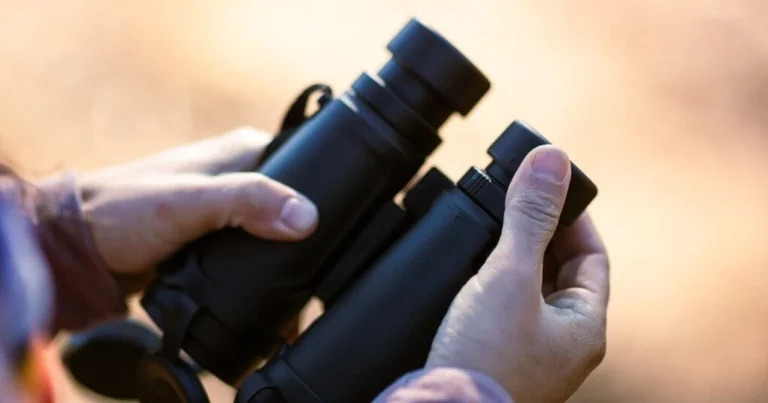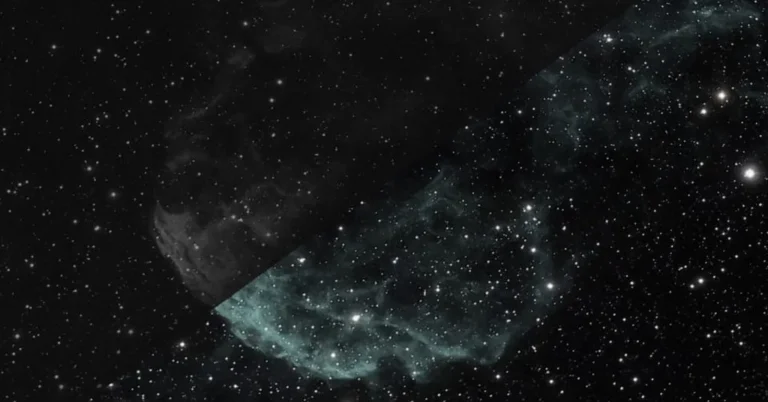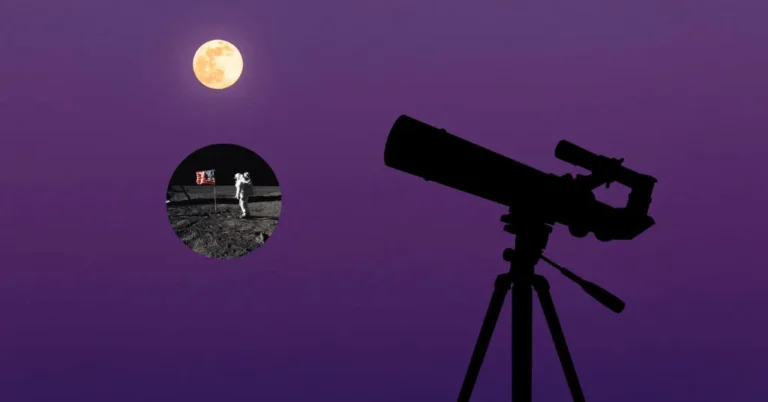How Can a Telescope See the Moon – A Beginner’s Guide
Peering up at the night sky, the bright celestial body we call the Moon often feels close enough to touch yet frustratingly distant. It’s a paradox astronomers have pondered for centuries—how something so accessible seems eternally out of reach for detailed observation. But fear not, fellow sky gazers, for a magical tool can bridge this cosmic gap. A tool that not only lets you behold the Moon’s serene beauty but also uncovers its spectacular secrets. That tool is a telescope, and in this beginner’s guide, we are about to demystify how it can transform your lunar experience.
Unveiling the Secrets: How Telescopes Work Their Magic
While a marvel of organic engineering, the human eye has limitations. To fully appreciate the Moon, one must gather ample light and magnify distant objects. This is where telescopes step in. Telescopes achieve what our biological optics cannot by employing a combination of lenses and/or mirrors. Whether with refracting lenses or reflecting mirrors, telescopes focus on a fundamental principle to create largened images of celestial targets.
Understanding Light Gathering and Magnification
Gathering light is the telescope’s first task. The larger the objective lens (or mirror), the more light the telescope can collect, much like a bucket collecting rain. The second critical function is magnification, which takes this gathered light and uses eyepieces to enlarge the image. This two-fold process allows a telescope to reveal the Moon’s intricate details.
The Objective Lens: Key to Moonlight
In the case of a refracting telescope, the objective lens swoops up moonlight, or sunlight for that matter, and forms a focused image. This lens, usually the larger of the pair, is the workhorse, responsible for the primary light-gathering and focusing duties. Its ability to gather enough light to produce a detailed image of the Moon is substantial and something your unaided eyes can only dream of.
Analogous Magic
For those who still find the concept of light gathering and focusing somewhat nebulous, imagine your telescope as a giant eye with the objective lens as the pupil, dilated to the maximum on a captivatingly clear night. It’s a childlike comparison, but sometimes the most straightforward analogies are the most illuminating.
Beyond Magnification: Exploring Different Telescope Types for Moon Viewing
The world of telescopes is as vast as space, with numerous designs suited to various preferences and purposes. For observing the Moon, the two primary types are refractors and reflectors, each with advantages.
The Refractor’s Appeal
Refractor telescopes, the kind you might imagine when picturing a classic telescope, use lenses to refract or bend light, leading to a broader field of view and a sharper contrast-dense image. These are particularly adept at providing crisp lunar views to the eye.
Enter the Reflector
Reflecting telescopes sport a large mirror at the rear, reflecting light to a smaller secondary mirror that redirects the light to the eyepiece. These often offer more significant light-gathering capacity at a lower cost, making them a favorite among astronomers seeking larger apertures to catch finer lunar details.
Size Matters
When observing the Moon, the adage ‘ size matters ‘ holds, especially if you hope to see more than just the bright orb and its most prominent craters. Larger telescopes with bigger objective lenses or mirrors can reveal features such as the lunar maria, ‘ seas,’ and massive craters more clearly, providing a more immersive lunar experience.
Setting Your Sights on the Moon: Tips for Successful Observation
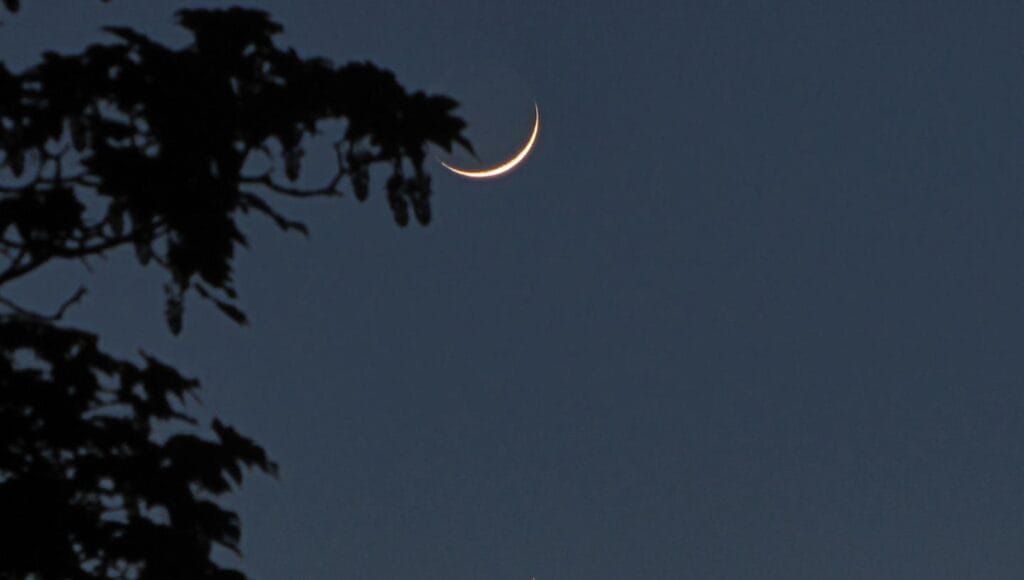
Tackling the Moon through your telescope can be an exercise in patience and precision. Here are some essential pointers to make your lunar rendezvous enjoyable and enlightening.
Defeating Distortion: Timing is Everything
The Moon, when it’s hanging directly overhead in the night sky, is passing through the least amount of Earth’s atmosphere, which means less distortion. This happens when the Moon is at its zenith, giving you the best conditions for precise observation.
Sharp Focus for a Sharper Moon
It’s critical to ensure your telescope is correctly focused for lunar observation. With all the craters, mountains, and ‘seas’ peppering the Moon’s surface, a blurry image can rob you of the celestial body’s rich tapestry of geological features.
Pollution-free Perspectives
Light pollution isn’t just an urban myth—it’s the bane of city stargazers. Find a place with minimal to no light pollution to get the most transparent view of the Moon. The darker the sky around you, the more the Moon’s details will stand out against the void.
A World to Explore: What You Can See on the Moon with a Telescope
The Moon, with its intricate geography, offers a limitless bounty to telescope observers. Each feature paints a picture of our satellite’s tumultuous past, from the towering peaks of the Apennine Mountains to the expansive Oceanus Procellarum, or the Sea of Storms.
Lunar Phenomena and the Eager Observer
For the casual stargazer, witnessing the contrast between lunar maria and highland regions can be awe-inspiring. Yet, there’s a world of transient lunar phenomena for the more seasoned observer—events like unusual light flashes or color changes that baffle science and enchant the curious every so often.
Conclusion
By now, you should be as excited about pointing a telescope at the Moon as a child with a new toy. The Moon, though a constant companion to Earth, still has much to reveal to those who dare to take a closer look. Are you ready to take your first telescope to the Moon? The cosmos awaits, and your first lunar telescope experience could be just one clear night away. Happy observing, and may your nights be filled with vivid visions of a gloriously detailed lunar landscape.
FAQs
Can I use a telescope to see the Moon during the day?
Yes, you can observe the Moon during daylight hours, but it may be more challenging to spot due to the bright sunlight.
Do I need a special kind of telescope for lunar observation?
Any telescope with sufficient magnification and a clear view of the sky can be used to observe the Moon. However, different telescope designs may offer varying levels of clarity and detail.
Can I see the Moon’s craters and mountains with a small telescope?
Yes, even with a smaller telescope, you can see some of the Moon’s most prominent features such as large craters and mountain ranges. However, larger telescopes will provide a more detailed view.
Is it possible to see the phases of the Moon with a telescope?
Yes, you can observe the changing phases of the Moon through a telescope as it orbits around Earth. It’s an excellent way to learn about lunar cycles and gain a better understanding of our natural satellite. So, get ready for your own personal moon mission and explore the depths of our closest celestial neighbor with your trusty telescope. Happy stargazing! EndFragment

